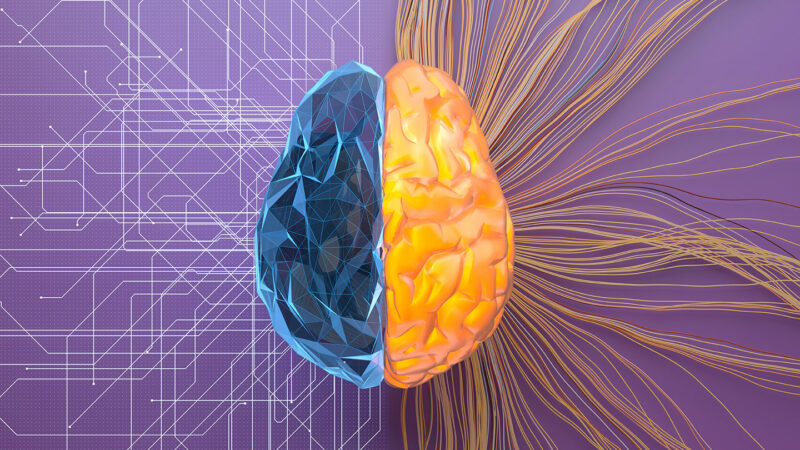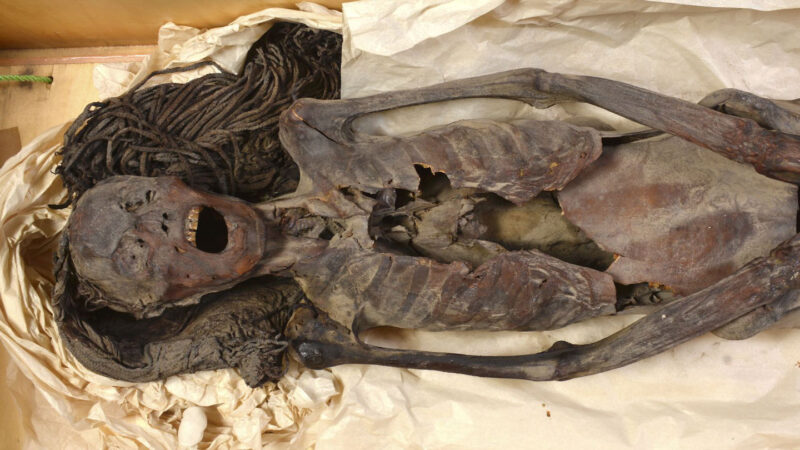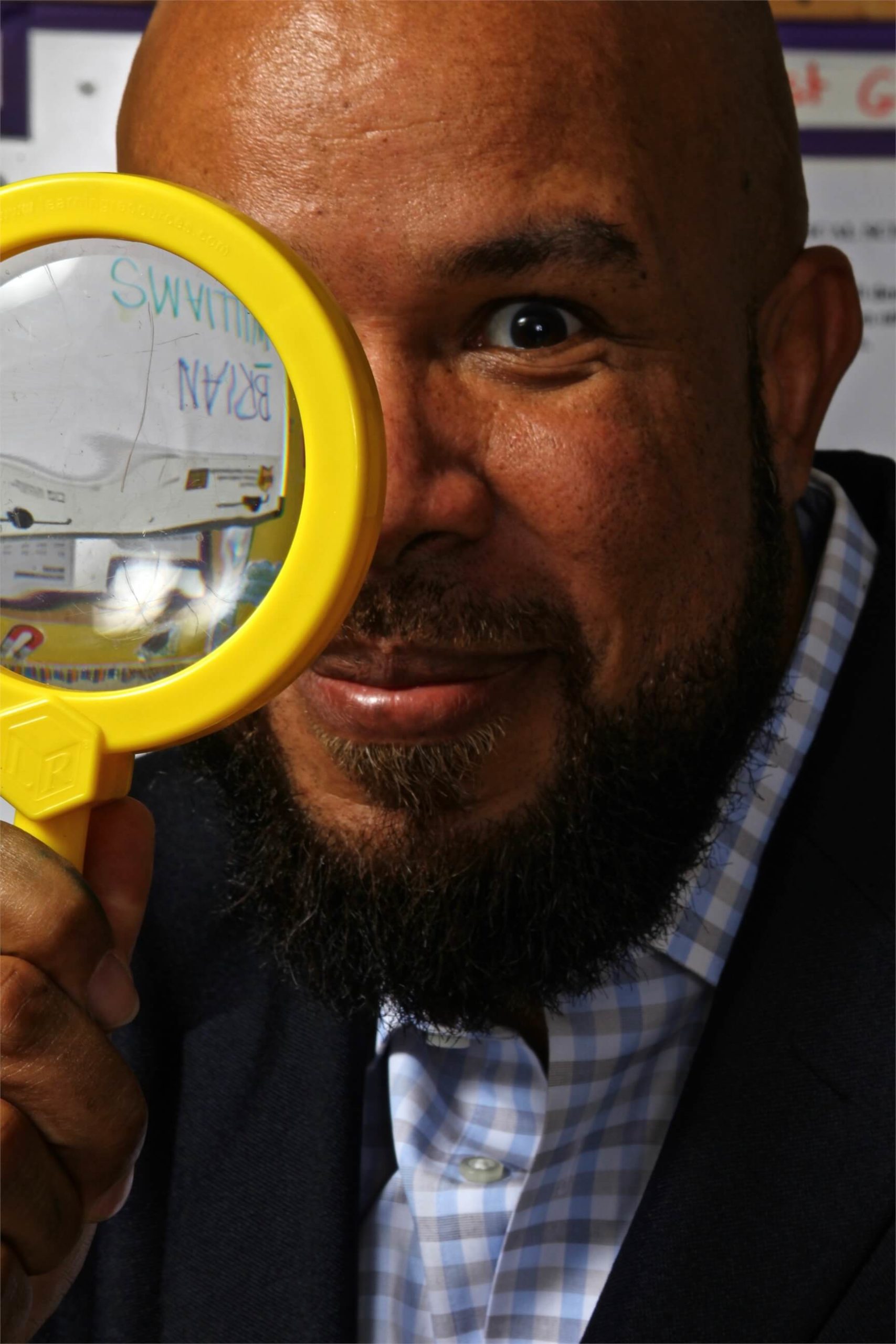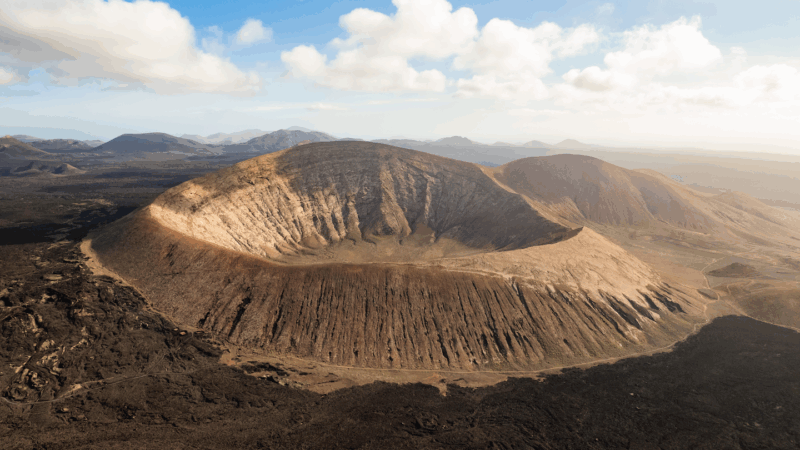Let’s learn about entanglement
The quantum realm is full of seemingly impossible things. But one of the strangest has to be entanglement. Entanglement is a special way of linking up particles. When two particles…
Our brains might help explain why people disagree on politics
Elections tend to bring out strong emotions in people. As voters evaluate the candidates, emotions can rise. Political disagreements may emerge. Even between loved ones, friends or neighbors, discussions can…
Scientists Say: Theia
Theia (noun, “THAY-ah”) Theia is a planet-sized object that scientists think collided with Earth about 4.5 billion years ago. When Theia smashed into a young Earth, it would have blasted…
Why we aren’t really ‘left-brained’ or ‘right-brained’
Our brains are very flexible. Some people use their brains to create art. Others use them to solve math problems. Some do both — plus a host of other actions.…
Why are scientists suddenly interested in UFOs?
In 2015, U.S. Navy pilots were flying training missions off the U.S. East Coast when they spied something highly unusual. An oval-shaped object appeared to skim across the top of…
What are the benefits of Marine Protected Areas?
Abstract You have probably heard that the ocean is in trouble. One reason is that we are catching too many fish, which is bad for the fish and the environment.…
An Egyptian mummy’s silent ‘scream’ hints at her violent death
Eek! A horrible death could explain the horrified look on one Egyptian mummy’s face. Her remains were unearthed in the 1930s in the ancient Egyptian city of Thebes. They’d been…
Thunderstorms churn up a ‘boiling pot’ of high-energy gamma rays
Above the cloud tops, thunderstorms throb with a complex, frenzied light show. But these bright flashes cannot be seen with the eye. They give off a type of invisible, high-energy…
What can fingerprints tell us about artists?
Abstract Have you ever noticed that each of your fingertips has a complex pattern of lines? These lines are unique to each person. When you touch different surfaces, you leave…
Scientists Say: Dialect
Dialect (noun, “DY-uh-lekt”) Dialects are varieties of the same language. A dialect might be used by people of a certain region, ethnicity or other social group. Dialects are shaped over…
QUICK LINK
GET INTOUCH
- randy.patel@mail.com
-
LA-Studio
2231 Redbud Drive
Whitestone, NY 11357
Copyright 2022 by LA-Studio
Supported by



















